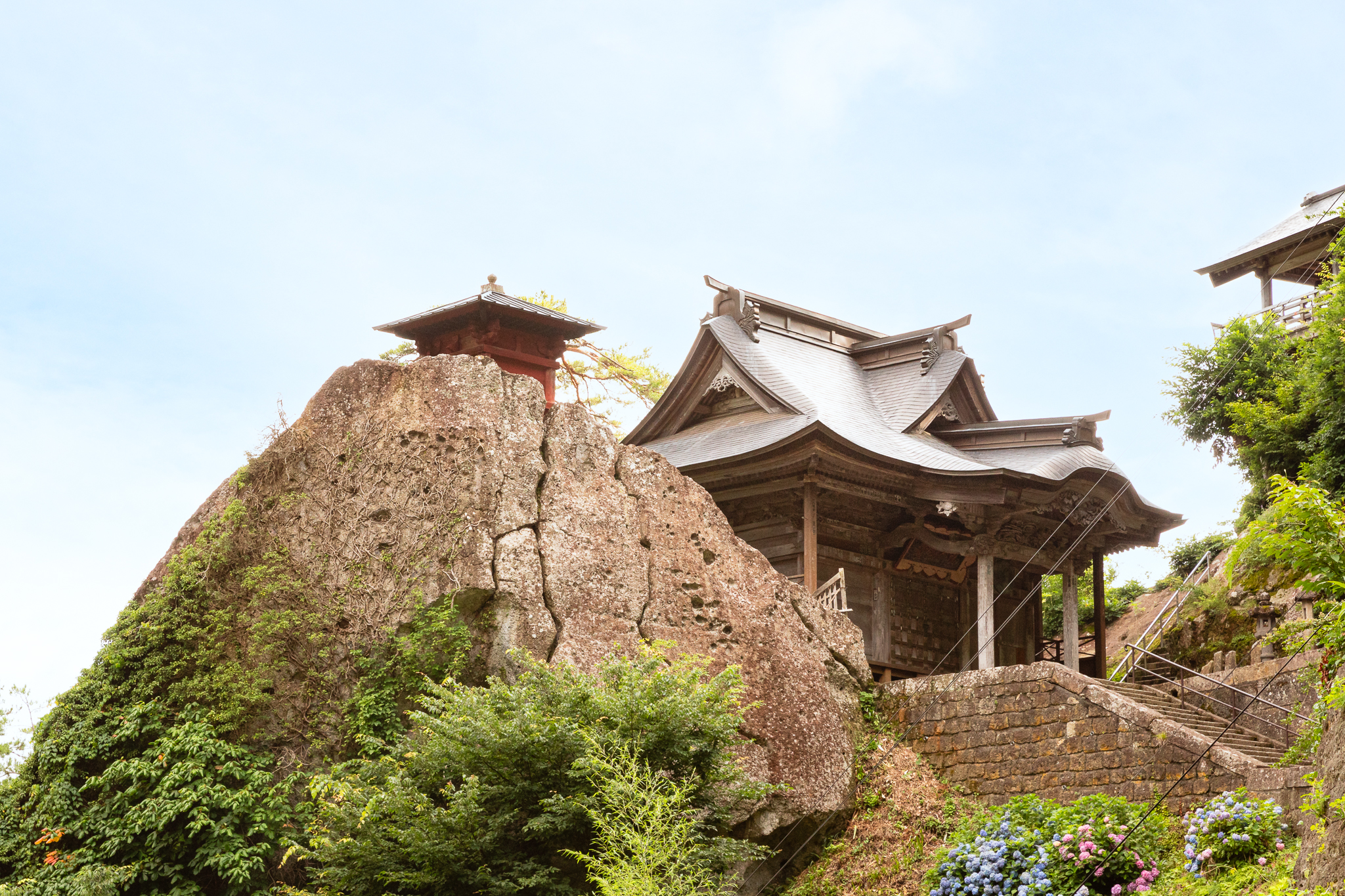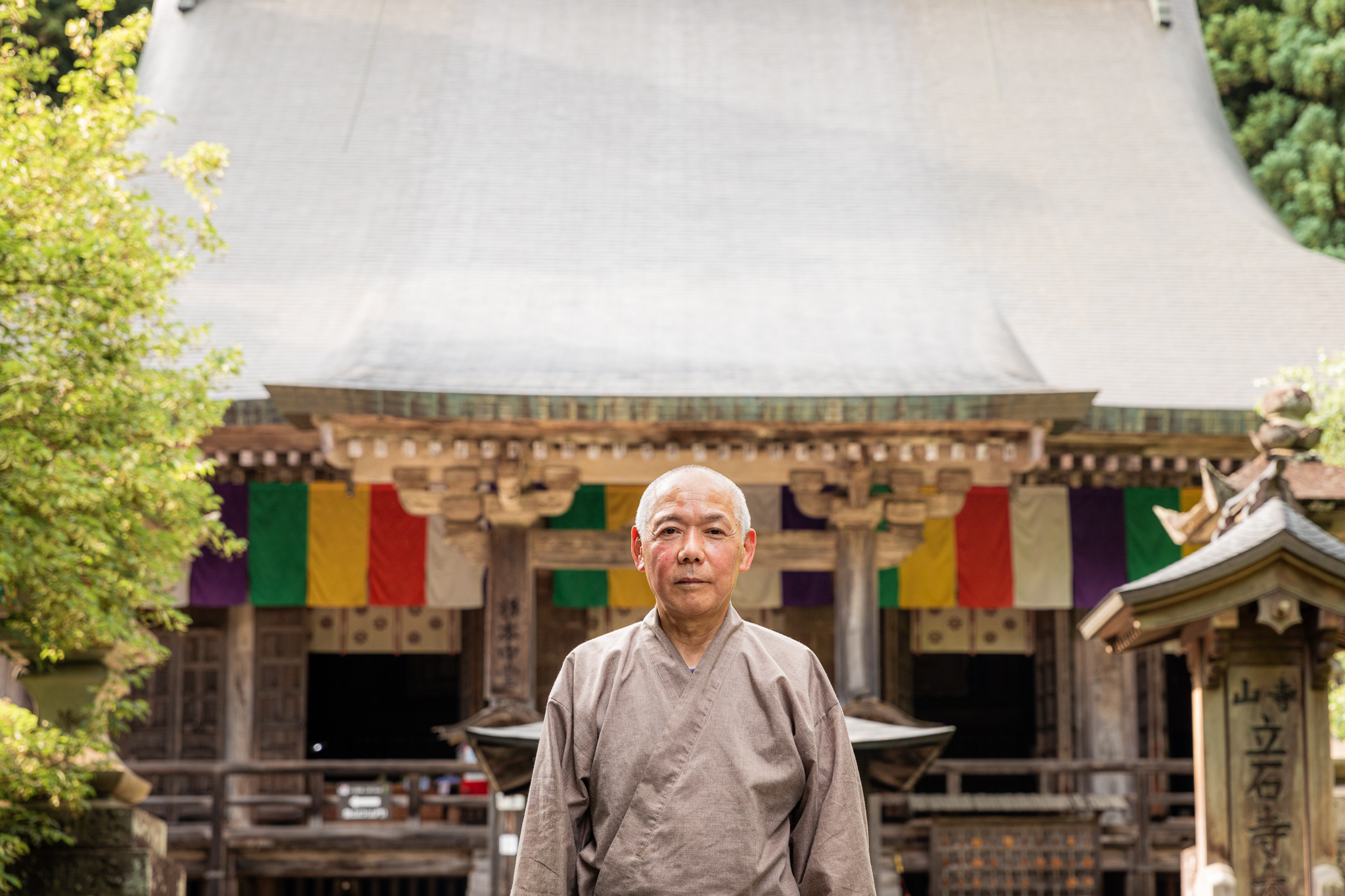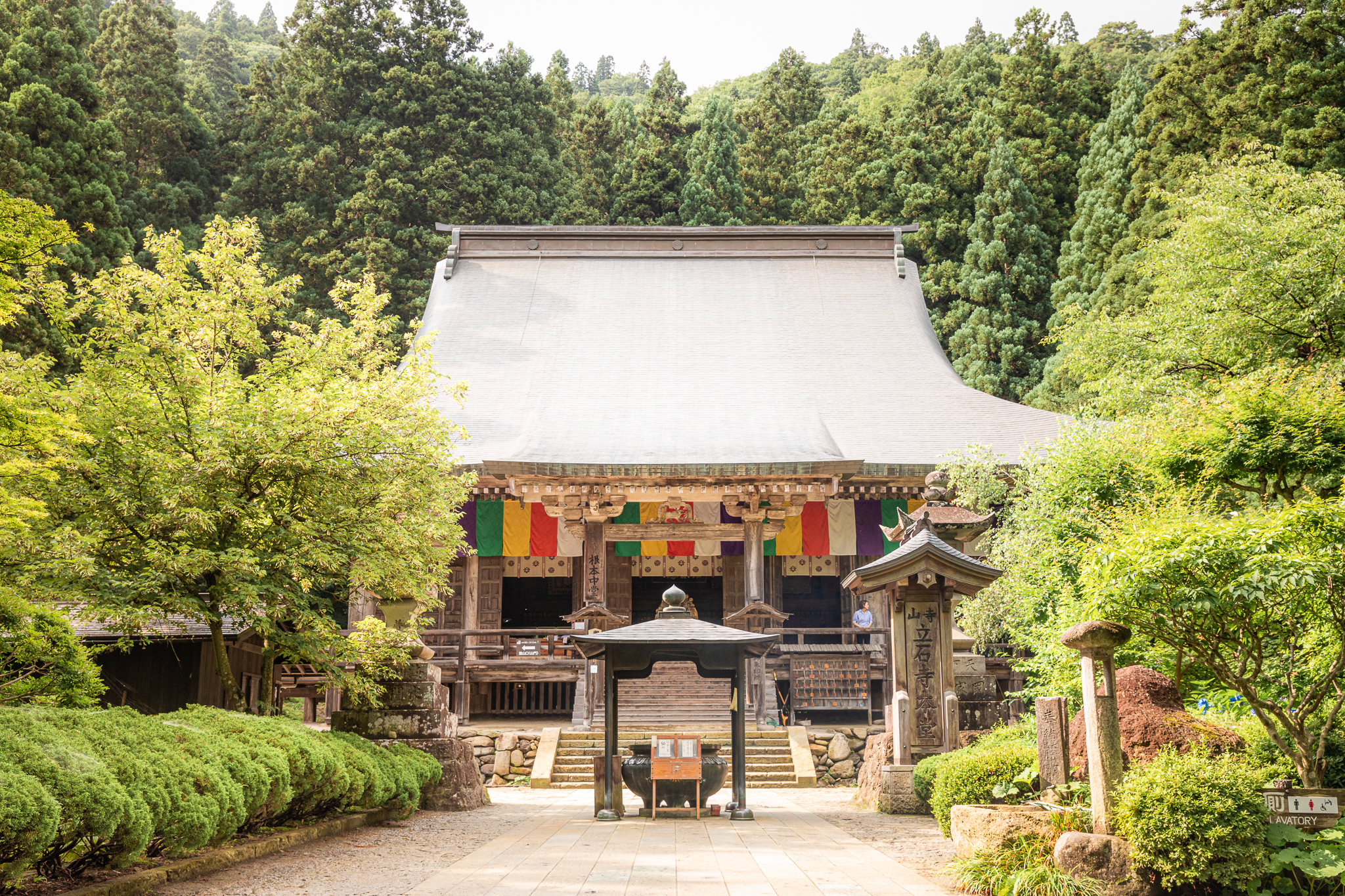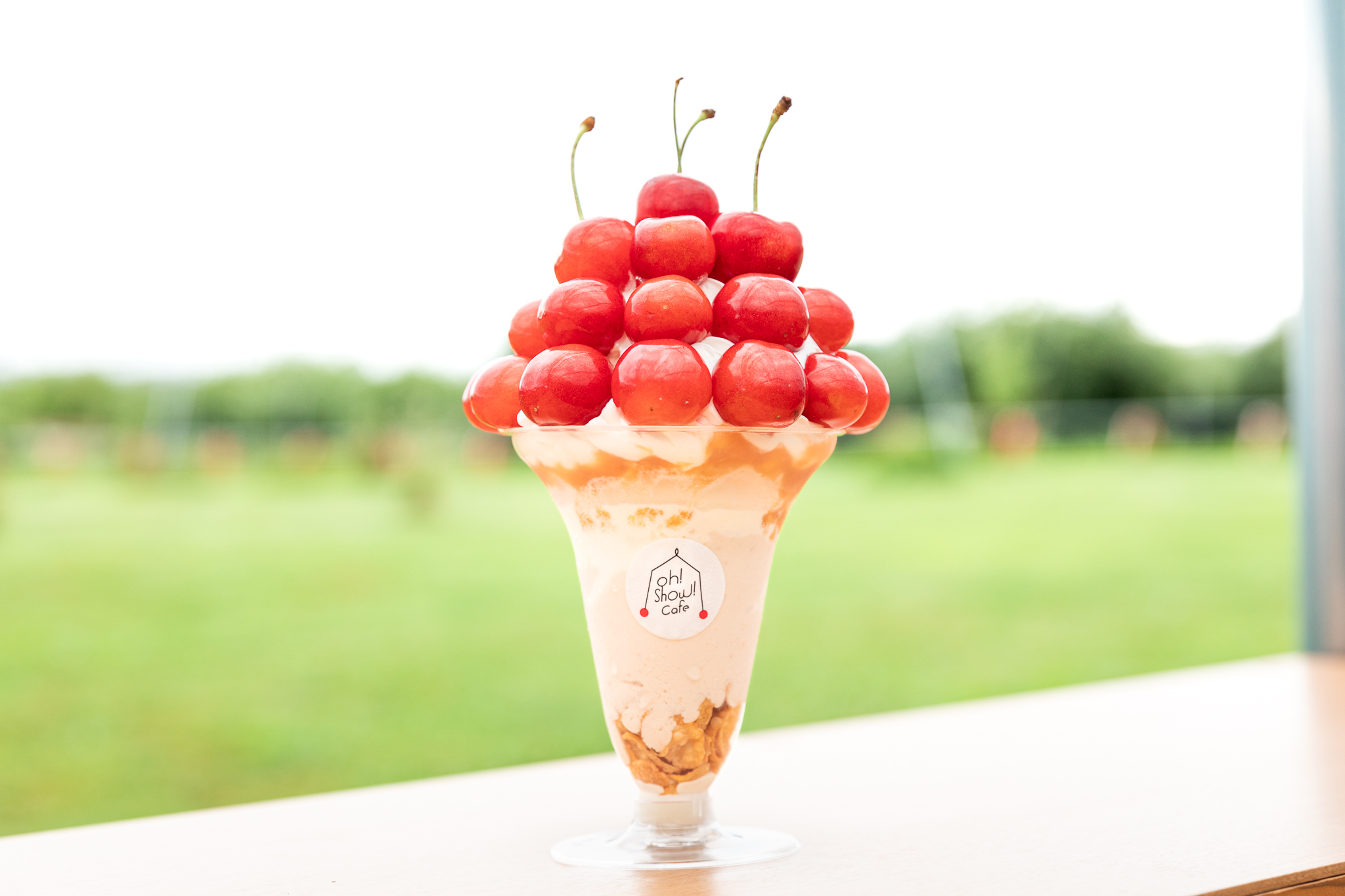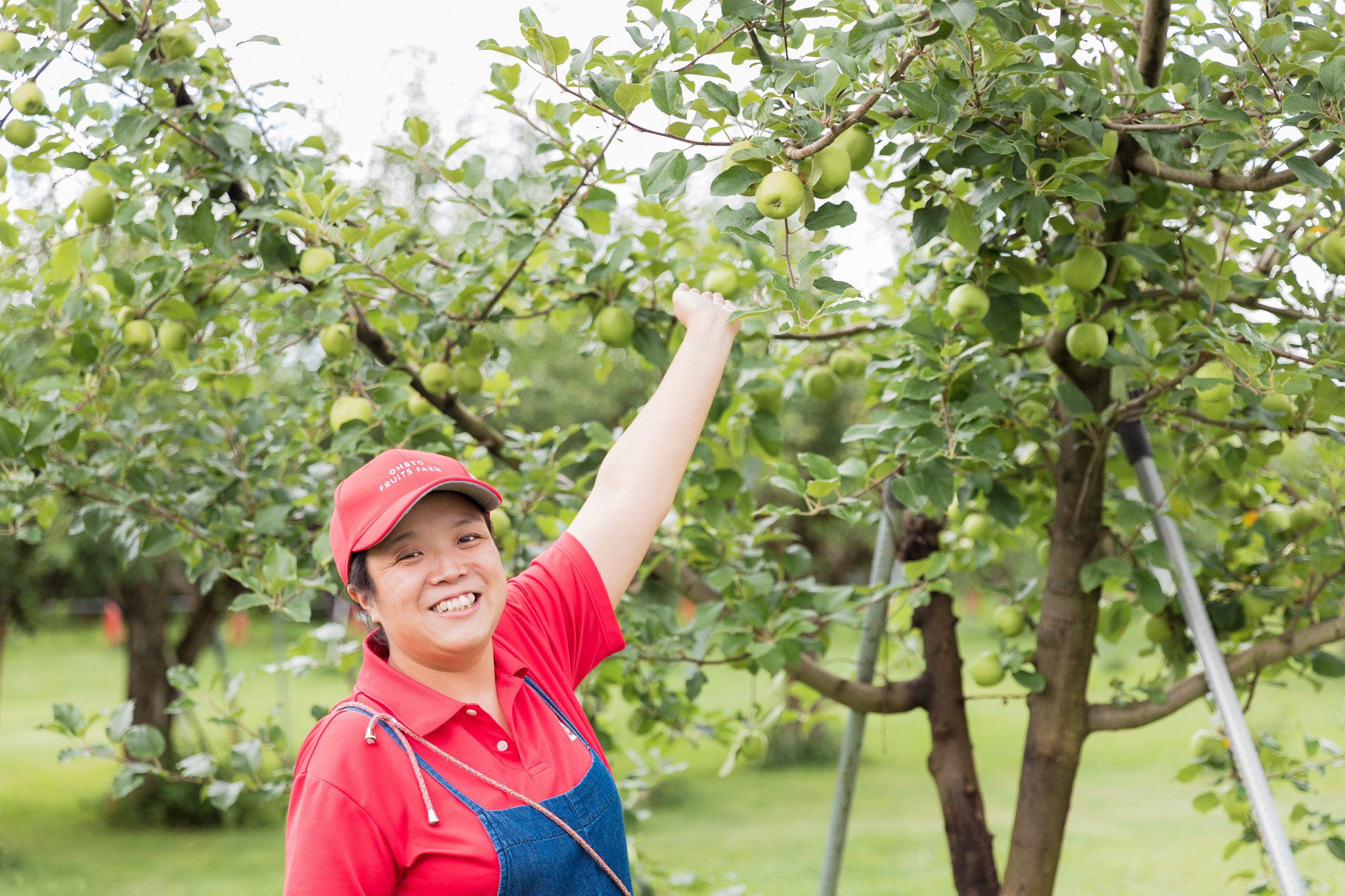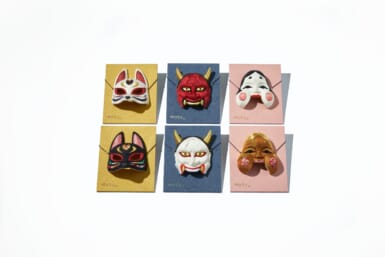It’s easy to forget how vast and diverse Japan can be. To remedy that, an intrepid photographer and I boarded the Tsubasa Shinkansen on a sultry July morning. Three hours later we were in Yamagata Prefecture, a land of spacious skies and endless fields embraced by gentle mountains. Here’s how we spent 48 hours in this gem of the Tohoku region.
Day 1
Witnessing Yamadera’s Inextinguishable Beauty
Just beyond the town of Yamadera rises Mount Hoju, which houses Risshakuji Temple. Also known as Yamadera (literally “mountain temple”), this Buddhist complex dates back to 860 and resembles a town built into the mountainside. To reach it, visitors must climb 1,015 stone steps. The arduous journey is rewarded with unparalleled views of the surrounding scenery from Godaido Hall, which serves as an observation deck.
Before undertaking the strenuous 30-minute ascent, we headed to Konponchudo Hall to talk to head priest Seiden Kiyohara about the approximately 1,300-year-old eternal flame burning there. “It was brought over from Mount Hiei in Kyoto as a light to illuminate Yamagata. It’s a manifestation of our religious teachings. I feel extremely privileged to tend to it,” he explained.
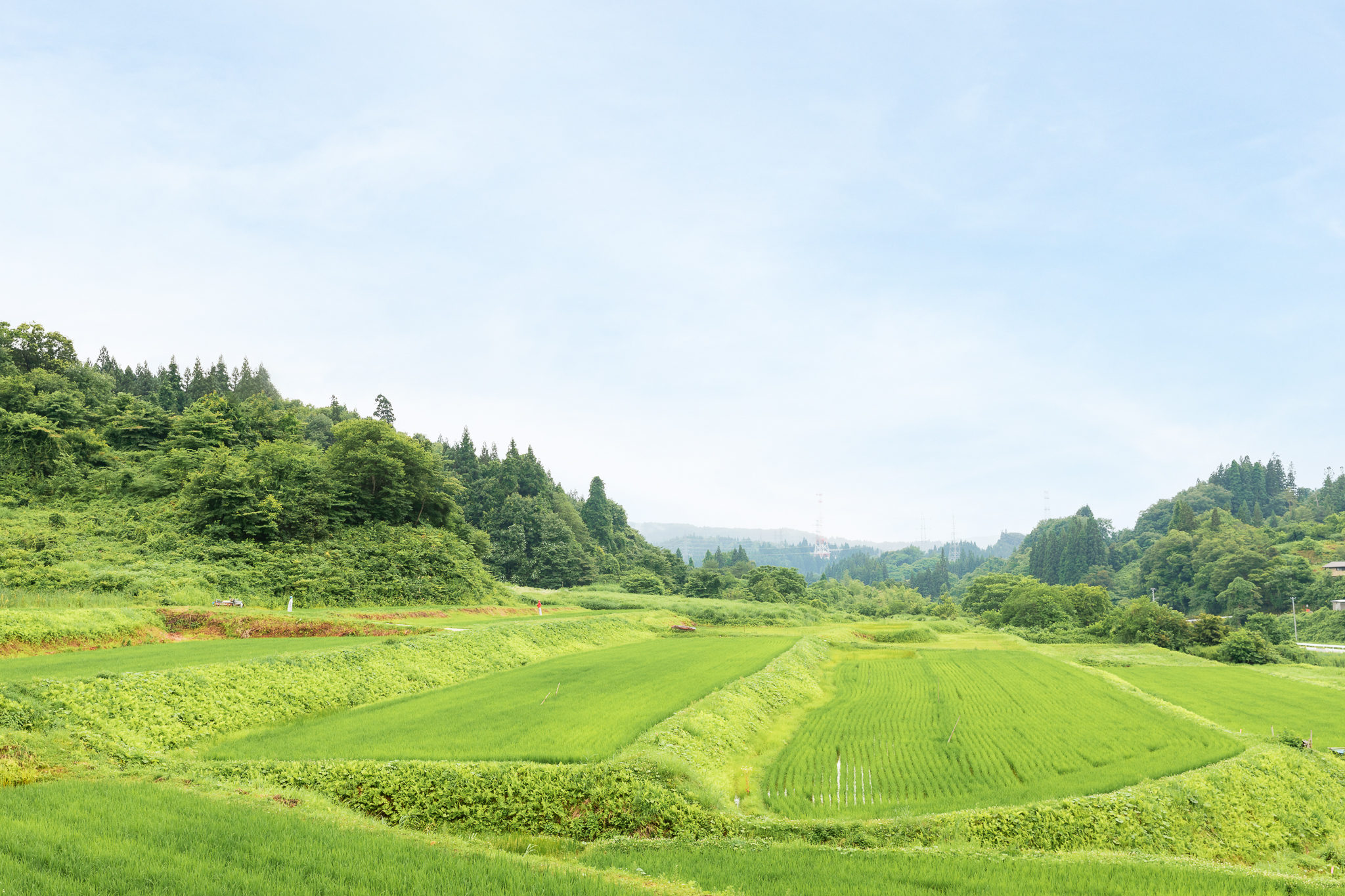
The Historic Rice Terraces of Owarabi
After scaling Yamadera, we drove to the terraced rice fields of Owarabi. Dating back to the Edo period, this once essential breadbasket of Yamagata continues to fascinate and inspire people like Juna Hirotani, who works at the Yamanobe Industry Division. “I’m from just down the road. I’ve always thought it was very special and wonderful to see so many rice terraces in one place. I want to protect these precious natural treasures of Yamagata,” she said.
Looking at the tranquil fields, it’s easy to understand why.
A Hot Spring Time Machine
After a long day of mountain pilgrimages and walks around rice fields, a long soak in a hot spring is in order. Visitors are spoiled for choice with a slew of options, including the famed Ginzan Onsen, with its nostalgic gas streetlamps and venerable wooden inns, as well as the hot spring towns of Zao Onsen, Kaminoyama Onsen and Tendo Onsen.
Day 2
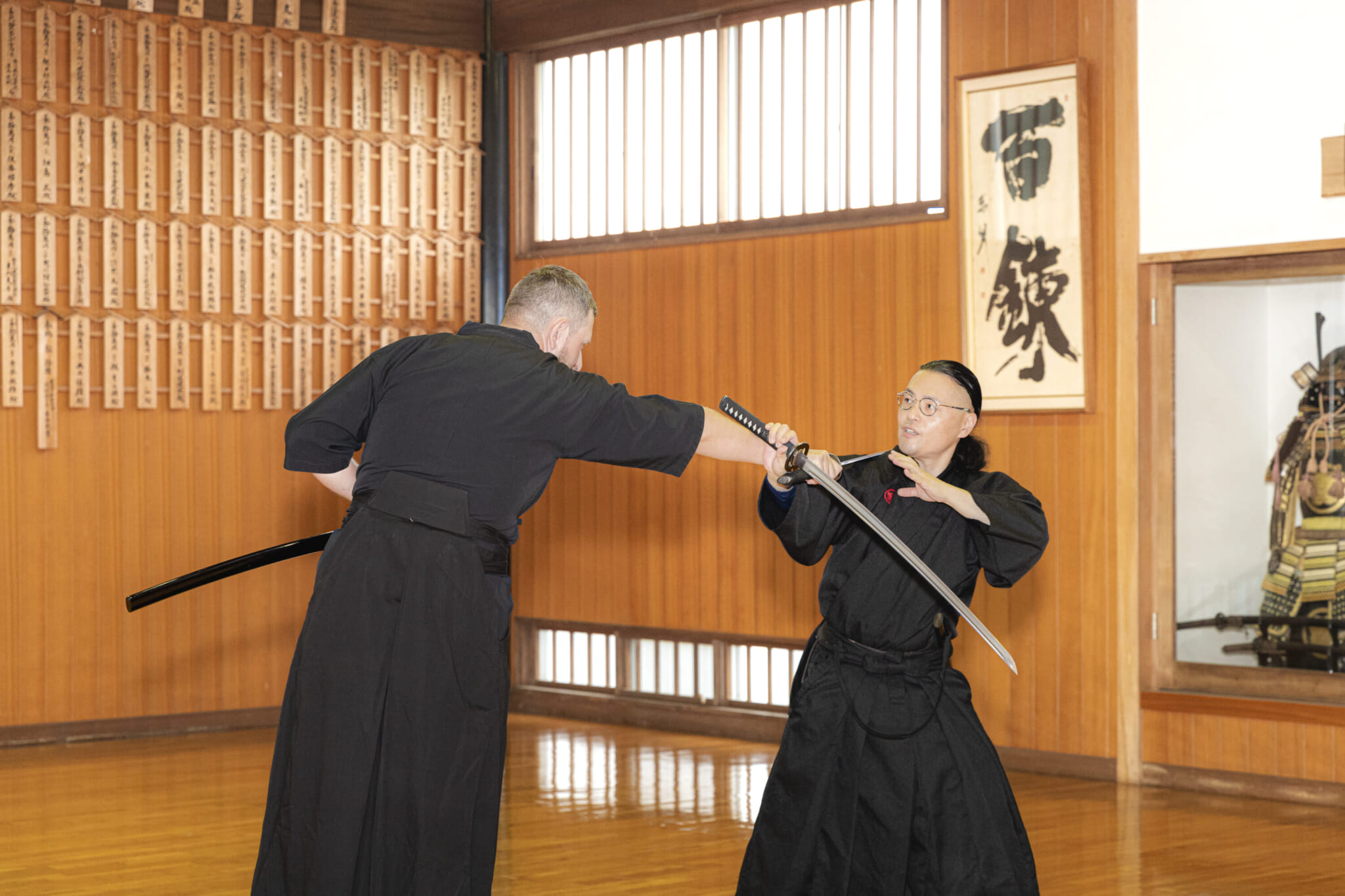
Learning the Art of the Sword
On the second day, we joined an authentic samurai experience in Murayama, the place where iaido is said to originate. During the course, sword master Yoshihiro Abe taught us the secrets of the katana art. Every movement — including how you sit down — is meant to facilitate the quickest response to a sudden attack. This can only be done when practicing a state of constant awareness. “It’s like Zen meditation,” Abe said. “Iaido is Zen meditation in motion — a way to empty your mind.”
The course involves both theory and practice, and concludes with an adrenaline-inducing tameshigiri experience where participants slice through a rolled-up tatami mat using a real katana.
Yamagata: A Fruitful Kingdom
Yamagata Prefecture’s abundance of fruit orchards is, in part, thanks to the region’s gentle slopes and nutritious soil. The extreme shifts between day and night, as well as the area’s distinct seasonal changes, are also conducive to high quality fruit production. It comes as no surprise to learn that Yamagata holds Japan’s largest yield of cherries and LaFrance pears, as well as an impressive share of the country’s grape, peach and apple production.
With this in mind, we headed to Ohsyo Fruits Farm in Tendo to sample its cherry parfait. Tendo native and Oh! Show! Café manager Ayumi Sudo shared one of her secrets to enjoying Yamagata cherries. Her advice: Soak them in ice water first, as it makes them firm and boosts their flavor.
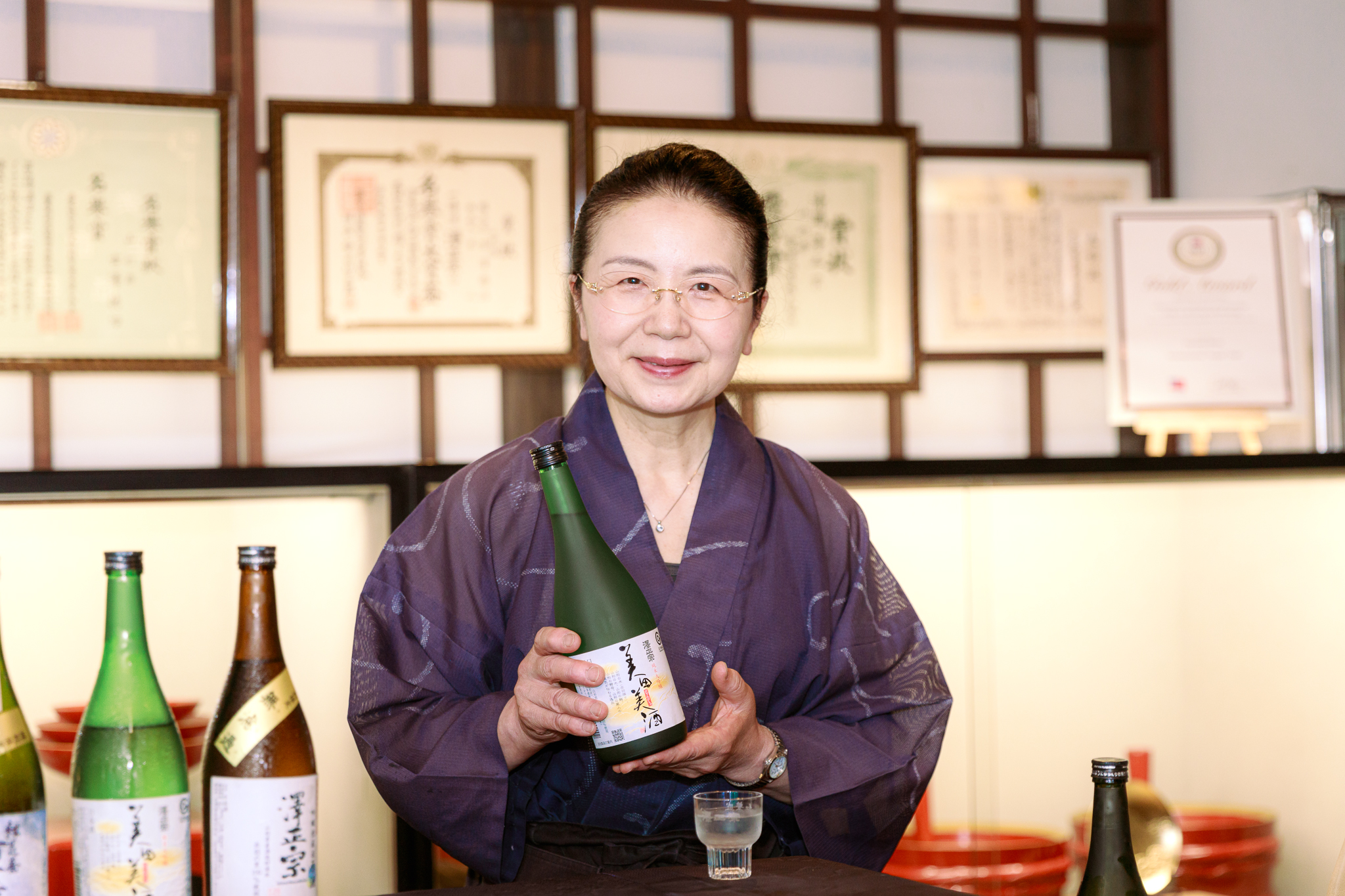
One for the Road
Established in 1836, the Furusawa brewery in Sagae distills the very spirit and history of Yamagata. Managing Director Midori Furusawa explained: “Before brewing sake, we were a safflower merchant business.”
Known as benibana, the star-shaped safflowers helped the prefecture prosper as the crimson pigment extracted from them was highly prized for its vibrance in dyes and even cosmetics. Furusawa was no exception and prospered with the safflower trade. The transition to sake has served them well, as the brewery has won numerous awards for its sake thanks to “high-quality Yamagata rice, clean water, and cold winters.”
Director Furusawa recommended many brands, but one spirit that instantly caught our attention was one of their rarer offerings: a shochu made using buckwheat. It was the perfect drink to toast the end of our travels — and promise the start of many more to beautiful Yamagata.
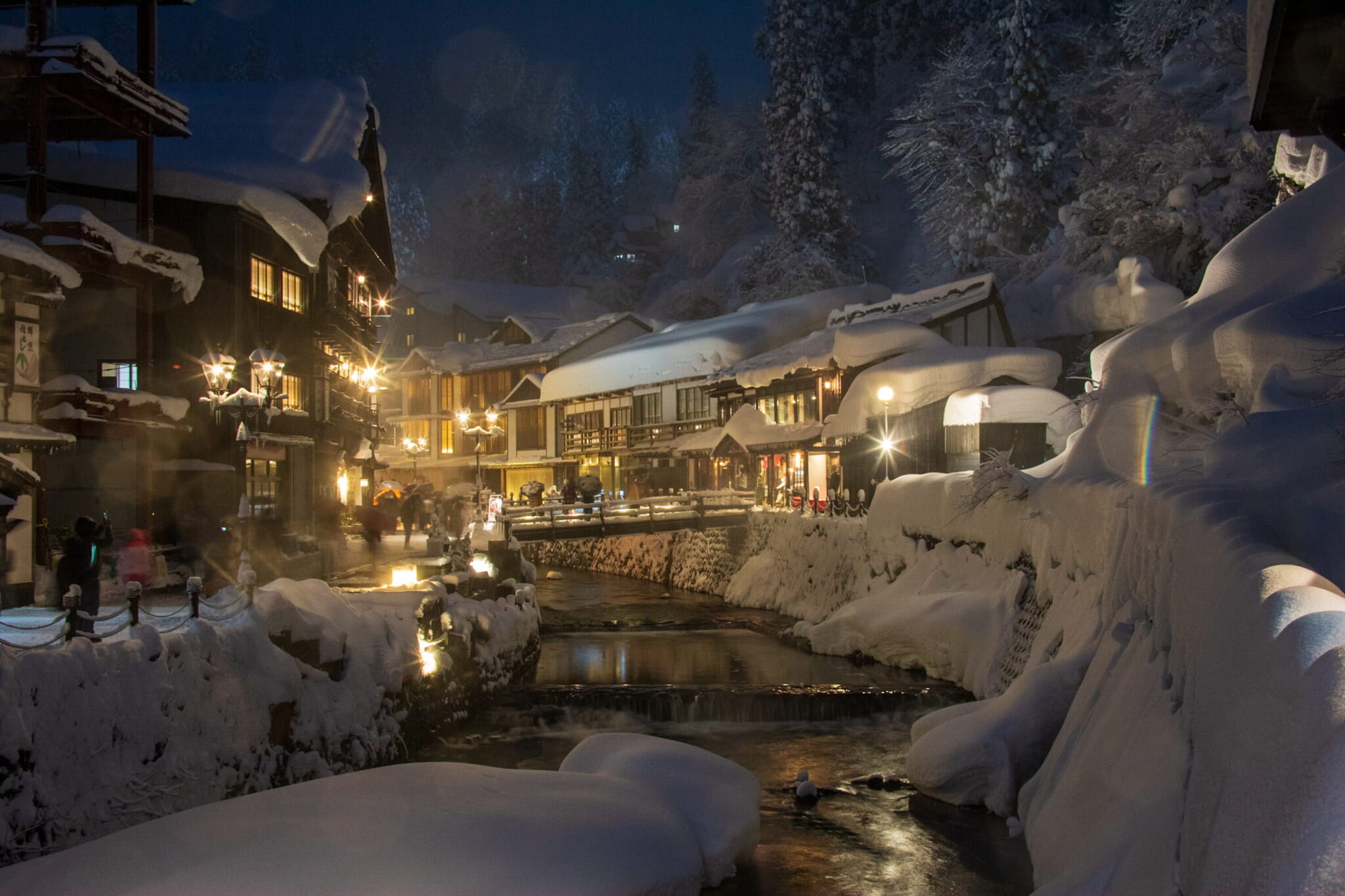
Anytime is a Good Time
While our northern adventure had us sampling the joys of Yamagata’s summer treats, there is plenty to explore in all seasons. Autumn brings the fragrant aroma of imoni, or taro soup, on the breeze down the Mogami River. Nakayama town is famed for its Imonikai, an autumn event where people gather along the riverside to eat soup and make merry. Winter is ideal for hitting the slopes and soothing hot spring explorations. There are also unique events, such as the Kasedori Festival in Kaminoyama Onsen, where people in bird-shaped straw costumes parade the streets to wish for the prevention of fires. Spring has, apart from the typical cherry blossom fare, a plentitude of other flowers and events that await, ensuring that Yamagata is a great place to visit any time of the year.
To find out more about Yamagata and to book off-the-beaten-path experiences, check out the official Visit Yamagata website.

